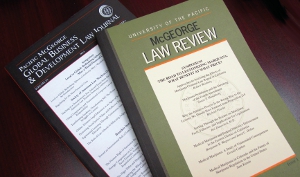Is The Prodigal Child Coming Home? U.S. Courts, Interim Measures, and the New York Convention
Document Type
Article
Publication Date
2009
Abstract
Under Article 11(3) of the New York Convention, the courts of a Contracting State must refer the parties to arbitration if so requested by either party, unless the arbitration agreement between the parties is "null and void, inoperative or incapable of being performed." In 1974, the U.S. Court of Appeals for the Third Circuit ruled controversially in the case of McCreary Tire & Rubber Co. v. CEAT S.p.A. that a court has no jurisdiction to issue interim measures when acting under Article 11(3) because the latter permitted it to do no more than refer parties to arbitration where the arbitration agreement was valid. In so deciding, McCreary and its progeny put U.S. courts at odds with courts in the rest of the world, including English and Italian courts that have long held that courts retain the ability to issue interim measures under the Convention. This article argues that contrary to popular perception, McCreary could be read for the narrower proposition - and therefore consistent with the Convention - that the granting of interim remedies is prohibited only in the instance where the petitioner is seeking to avoid arbitration, as happened on the facts in McCreary. Regardless, however, more recent U.S. court decisions have parted ways with McCreary in allowing for the judicial issuance of interim remedies under the Convention thereby aligning more closely U.S. courts with their global counterparts on this issue.
Publication Title
Contemporary Asia Arbitration Journal
ISSN
1999-9747
Volume
83
Recommended Citation
Jarrod Wong, Is the Prodigal Child Coming Home - U.S. Courts, Interim Measures, and the New York Convention, 2 CONTEMP. Asia ARB. J. 83 (2009).



